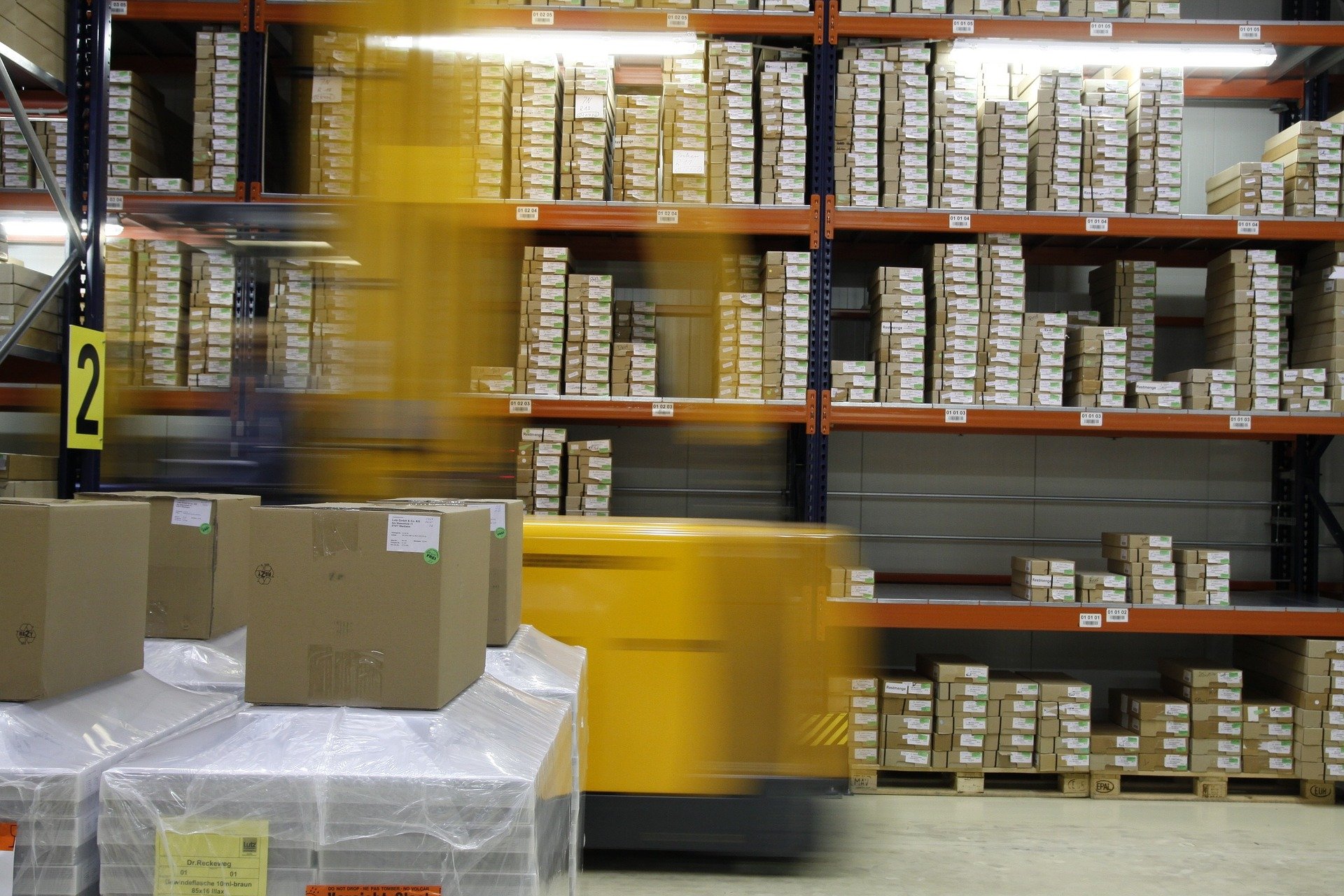Cross-border e-commerce is in! But trading outside your own country brings various hurdles with it. In addition to the functionality and design of the product, there is also a lot to consider when it comes to packaging. In this blog article, you will learn what you need to pay attention to when trading within the EU and how to avoid unnecessary fines.
Table of contents:
- The EU Packaging Directive
- EU vs. national product requirements
- The CE marking
- What are the consequences of faulty packaging?
- Conclusion
The EU Packaging Directive
EU member states are subject to the EU Packaging Directive. This stipulates that EU countries contribute to increasing the share of multi-purpose packaging and to harmonising national guidelines for dealing with packaging waste. The highest priority is given to waste prevention.
The EU Packaging Regulation also sets requirements for packaging materials. Packaging should be environmentally friendly and reusable without compromising consumer health or food safety. In addition, the recycling targets for the different types of packaging should be guaranteed.
Only if these requirements are met may the packaging be introduced into the trade and thus into the economic cycle.
The new law that came into force in 2019 Packaging law (VerpackG) is the German implementation of these directives. This last amendment came into force on 01 July 2022.
What do you have to consider when expanding in the EU area?
Despite the generally applicable packaging directives, each country has its own legislation on the disposal of packaging. When delivering to neighbouring European countries, you should therefore pay attention to the measures that apply there for the implementation of the directives. In most cases, a look at your own packaging will help. Here you will find information about the product as well as information about the materials used.
EU vs. national product requirements
EU product requirements
Most product requirements are harmonised across the EU. You can find the applicable regulations for your product with the database Access2Markets retrieve. This contains information on:
- the legal and administrative provisions
- the competent authorities
- the VAT and excise duty rates
You can find the information you need by using a customs code or the name of your product.
National product requirements
For product regulations that are not EU-wide, always comply with the regulations of the EU country where the product is to be placed on the market.
These regulations can differ in the following areas, for example:
- Packaging
- Weight
- Dimensions
- Labelling
The CE marking
What does the CE marking stand for?
The CE marking confirms that the manufacturer has tested the product for and complies with the EU-wide requirements for safety, health protection and environmental protection. With the marking, the manufacturer assumes responsibility and liability for the product. Which products are subject to mandatory labelling?
Goods subject to mandatory labelling include all products that fall under one of the 25 CE regulations. Among others, these include toys, electrical goods, machines, medical devices and measuring instruments. The labelling obligation is independent of the country in which the product was manufactured.
Where should the CE marking be affixed?
Attention! The CE logo may only be affixed to the packaging in exceptional cases, i.e. if the nature of the product does not allow or justify it. This applies, for example, to small parts or explosives. Alternatively, a document can be enclosed here. Normally, it is placed on the product itself or on a label attached to it.
What are the consequences of faulty packaging?
If your packaging does not meet the requirements of the EU or the respective member state, you can expect fines or even the ban of your product within a country.
Conclusion
The requirements for the packaging of your product usually differ from country to country. Therefore, it is important to look not only at the EU requirements, but also at the national requirements of the country of destination. To find out the applicable regulations for your product packaging, you can access online databases or contact the competent authorities directly.
An experienced logistics service provider is also an advantage for a well-rounded process.
Talk to one of our logistics experts now and get your individual offer!



